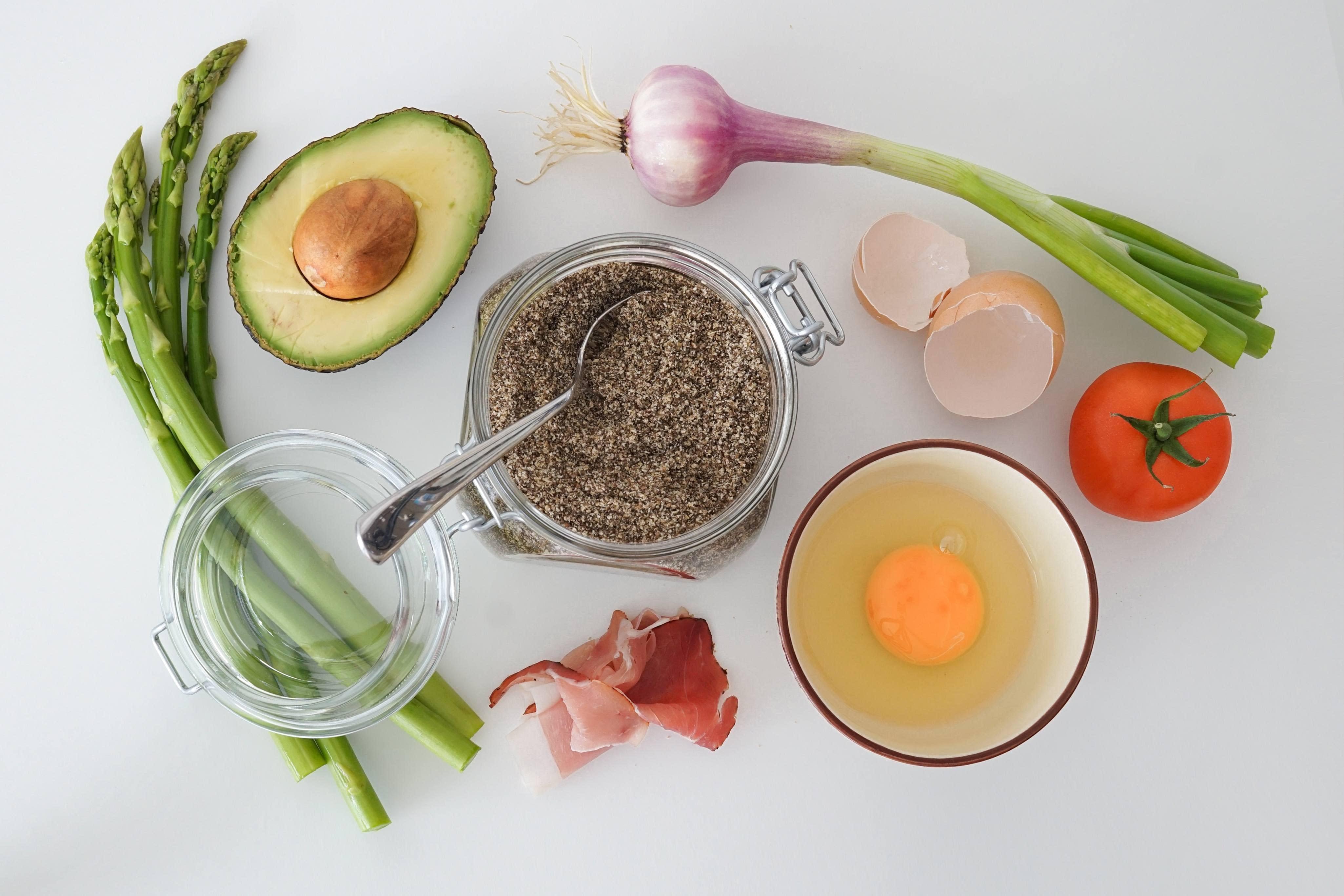
It seems these days, everyone is allergic to something... or everything! (Can I get a Gluten-Free, Soy-Free, Dairy-Free menu over here?) Well my friends, I'm about to add 7 more hidden food compounds which can cause everything from skin problems to digestive distress to mood and mental issues in susceptible individuals. While many of these compounds are prevalent in nefarious processed foods (oh hey sulfites!), all of these are also completely natural compounds found in healthy fruits and veggies (oh hey salicylates!) But have no fear, here's the lowdown!
Can't keep it all straight? Want the full list of all the compounds for all the foods? Download my comprehensive, color-coded 30 page PDF comparing the levels of these chemicals in 300+ foods, in the box below!
WHAT ARE FOOD CHEMICAL SENSITIVITIES?
A variety of chemicals serve protective and preservative mechanisms in the foods we eat. Some, such as salicylates, act as natural pesticides in plants, thwarting nefarious invaders (since plants can't exactly "run away"). Others are formed as the natural products of protein breakdown (like amines). Still others, like sulfites and glutamate, are added to foods to maintain freshness, enhance palatability, and increase shelf life.
Our bodies typically harbor specific enzymes to break down these many compounds, rendering them harmless. The proliferation of food and environmental chemicals and toxins in our modern world, however, has encouraged food chemical overload, and over-reactive immune systems to boot. As such, we may be more susceptible to food sensitivities and the build up of food chemicals in our body. Many people also feature genetic defects which hinder their enzymes' abilities to properly deal with these chemicals. For those susceptible, some of these compounds may instigate immediate distress, residual inflammation, and other physical and mental problems.
So without further adieu, here are 7 food chemicals which may be casting a lackluster shadow over your life, without you even realizing!
AMINES

Amines are chemical byproducts of protein breakdown common in foods, as well as neurotransmitters like adrenaline, serotonin, and dopamine. While amines are likely present in all foods to some extent, some feature more concentrated levels, and can encourage adverse reactions in those sensitive. (Particularly problematic amines include tyramine and histamine.)
Amines are typically broken down by various enzymes in the body, such as the L-Monoamine oxidase (MAO) enzymes. In rare occasions, some people lack the needed enzymes to break down amines. More commonly, an estimated 1/3rd of the population harbor genetic mutations which affect the enzymes' abilities to adequately break down amines, especially in an overload situation. I happen to be one of these people! (You can find out cool stuff like this by getting your raw genetic data – the subject of an upcoming post!) Additionally, taking MAOIs (Monoamine oxidase inhibitors) for depression, will inhibit the enzyme, making people more susceptible to the negative effects of amines.
Symptoms of amine intolerance include aggression, depression, migraines, headaches, IBS, skin conditions like psoriasis and eczema, to name a few.
Foods naturally high in amines include some fish and meat, many cheeses, wine, and mushrooms, as well as others. Cooking methods which increase amine levels include processing, aging, fermenting, ripening, overcooking, cooking at high temperatures, cooking at low temperatures for a long time (like slow cooking), browning, grilling, and charring. Amines can also increase with food storage, like leftovers. To avoid amines, the fresher the better! (Note: Be wary of “fresh” meat sold in glistening vacuum packs, which may be much older than it looks. While vacuum sealing may inhibit the growth of bacteria, it does not inhibit amine formation.)
HISTAMINE

Histamine is a specific type of amine often found in food, which just so happens to also be an inflammation-signaling neurotransmitter in the body. When the immune system senses an invader, mast cells release histamine, which swell blood vessels to make them more permeable so white blood cells can enter and #deal with the situation. While histamine is a vital part of the body’s defense system, too much histamine can be a very miserable thing. A histamine overload can yield chronic inflammation, often of the allergy-symptoms type, like hives, rashes, swollen eyes, and itchy skin. Other results of excess histamine include neurological issues like depression and irritability, as well as digestive problems like IBS.
The DAO (diamine oxidase) enzyme normally breaks down histamine from food in the digestive tract. However, some people lack adequate DAO levels, and are therefore sensitive to histamine. DAO levels can be influenced by stress, the gut microbiome, and genetics. Some people also have a genetic disposition for reduced DAO activity (me!), may experience mast cell dysregulation (too many mast cells release too much histamine), or simply have too much histamine in their body from their environment and diet.
Some foods contain high histamine in their natural state, such as nuts, citrus fruits, and wine, while food cooking and processing methods like fermenting, ripening, canning, processing, re-heating, and cold-storage substantially increase histamine levels. Foods higher in protein or more prone to spoilage, are more prone to histamine formation. Other foods may not contain high levels of histamines within themselves, but are histamine “liberators,” meaning they encourage the body to release histamine.
Gut bacteria can also be histamine producing or histamine degrading, so the state of one’s gut microbiome, as well as certain probiotics, can affect histamine levels in the body.
GLUTAMATE

Glutamate is a stimulating, excitatory, amino acid neurotransmitter critical in the body for neural signaling, and intrinsically involved in memory and learning. Too much glutamate however, due to either an overload of glutamate or hypersensitivity of cells to glutamate, can lead to excitotoxicity, overstimulating cells to damage and even potential death.
In the food world, glutamate is found in MSG (Monosodium glutamate), and majorly cranks up the palatability of food. (The Japanese concept of “Umami” refers to glutamate.) While glutamate is tasty and important in our bodies, those who are sensitive to glutamate (dubbed “Chinese Restaurant Syndrome”) may experience symptoms like headaches, facial swelling, flushing, sweating, and chest pain when ingesting too much glutamate. Glutamate intolerance is more prevalent in those with Celiac.
“Bound” glutamate in food is tied to other amino acids, and slowly broken down by the body, making it less problematic. “Free” glutamate in food is more rapidly absorbed, leading to more detrimental glutamate spikes.
Foods particularly high in glutamates include meat and fish, grains, nuts, beans, and seeds, as well as processed foods, particularly those featuring yeast, gelatin, soy, whey, food additives, (carrageenan, flavors, colorings, etc.), citric acid, corn syrup, and food starches. Low glutamate animal sources include lamb and eggs.
SALICYLATES
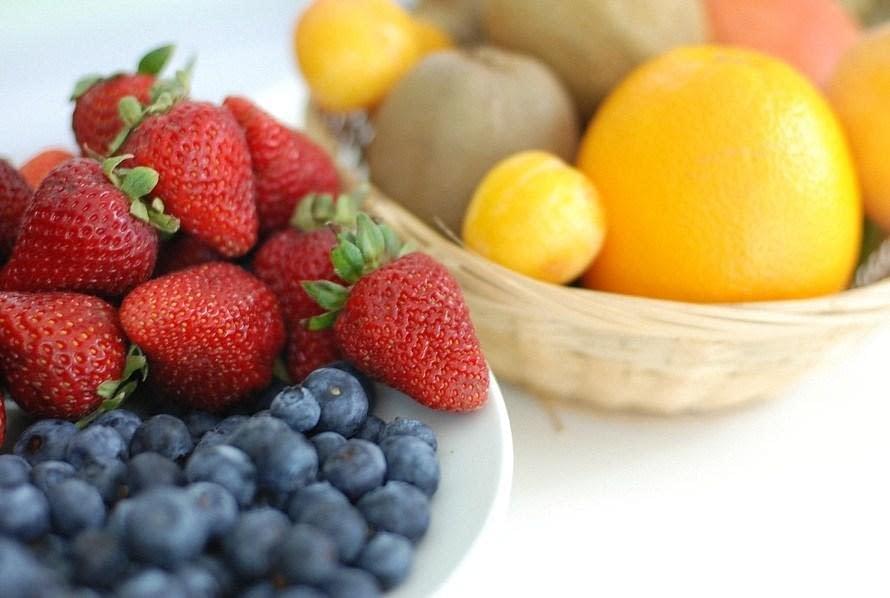
Salicylates are photochemicals found in plants, which serve as a sort of natural pesticide, protecting plants from invaders. On the one hand, salicylates can have beneficial effects in the human body: they can reduce pain and inflammation, and are actually the basis of nonsteroidal anti-inflammatory drugs like aspirin. Some people, however, are particularly sensitive to salicylates, which may encourage asthma, digestive problems, skin problems (itchy, rashes, hives, acne), headaches, swelling, fatigue, depression, tinnitus, restless leg syndrome, bad breath, restlessness, as well as other adverse reactions. Those with pre-existing ear, nose, and throat problems may be particularly at risk for salicylate intolerance.
Unlike amines, salicylates tend to be higher in less ripe and less cooked foods. Drying fruits substantially increases concentrations. Salicylates tend to concentrate more around the skin of fruits and vegetables, so peeling them can help.
While most fruits and many vegetables contain salicylates, some particularly high in salicylates include berries, citrus fruits, grapes, tomatoes, alfalfa sprouts, cucumber, spinach, eggplant, and zucchini.
Salicylates are also highly prevalent in commercial bath and beauty products, and are easily absorbed through the skin. As such, to eliminate salicylates from your body, you must avoid both problematic foods and body products.
OXALATES
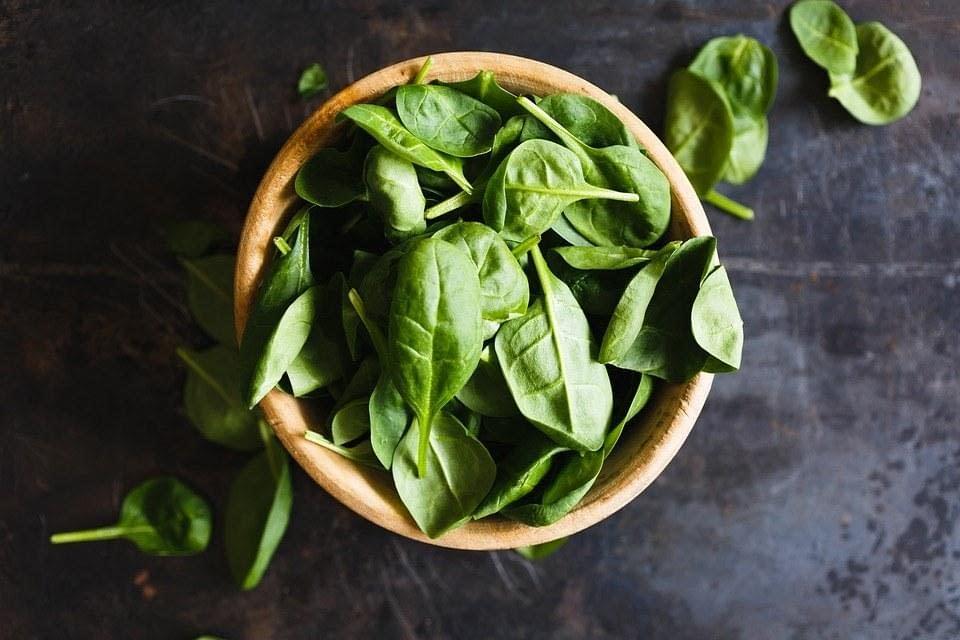
Oxalates are a naturally occurring organic acids in a variety of foods. Oxalates bind to calcium and other minerals, inhibiting their absorption. An oxalate overload in the body can accumulate in the kidneys and lead to kidney stone formations. Besides kidney stones, symptoms of oxalate overload include weakness, burning of the mouth or throat, nausea, digestive distress, convulsions, and coma.
Oxalates are particularly abundant in rhubarb, spinach, chard, soy products and many nuts, as well as chocolate.
SULFITES/THIOLS
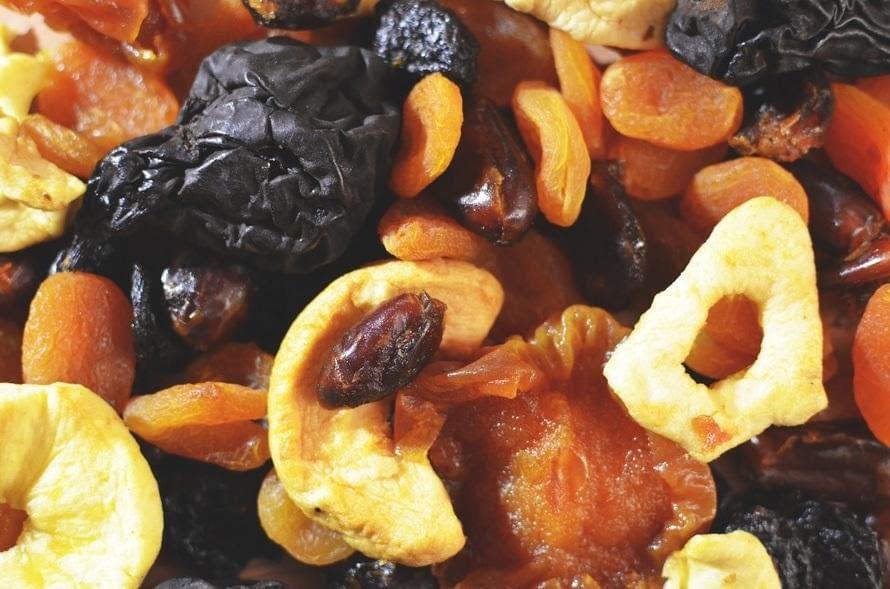
Sulfites are abundant in food, water, medications, and the environment, and are processed in the body by the sulfite oxidase enzyme. Those with faulty or deficient enzymes may experience detrimental effects with sulfite consumption, such as digestive problems, wheezing, asthma, skin issues, and even anaphylaxis.
Foods can contain natural and/or added sulfites. Sulfites can occur as natural byproducts of fermentation (like in wine). They also function as a food preservative by releasing sulfur dioxide, and are added to many foods to discourage browning, black spots, and bacterial growth. Other added sulfite purposes include bleaching starches and conditioning dough.
Added sulfites are typically banned in fresh fruits and vegetables, with the exception of grapes. Imported exotic fruits may also contain sulfites. Sulfites are allowed in peeled and/or processed potatoes, as well as fruit jams and dried fruits. Foods particularly high in sulfites include processed foods, wine, vinegar, brown sugar, thickening agents, artificial flavors, and any preservatives.
The FDA mandates that sulfites exceeding 10ppm in a food must be labeled. (However, individual ingredients containing sulfites in a processed food do not have to be labeled, meaning a bread made with sulfited flour could appear to not have added sulfites.) Common names for sulfite additives in foods include: potassium bisulphate, potassium metabisulfite, sodium bisulphate, sodium dithionite, sodium metabisulfite, sodium sulfite, sulfur dioxide, sulfiting agents, and sulfurous acid. European codes indicating sulfites include: E 220, E 221, E 222, E 223, E 224, E 225, E 226, E 227, E 228.
Foods can also be high in sulfur and thiols, which may cause problems for people who react adversely to sulfites, especially if their system is overloaded already, and also if they struggle with high plasma cysteine levels. (Thiols are formed by a carbon atom with an attached hydrogen and sulfur atom.) That said, free thiols may be the primary issue, and foods high in sulfur may not necessarily be high in free thiols. For example, meat and nuts may contain high amounts of sulfur, but not thiols, but may contain sulfites if added. Talk about confusing! It is therefore key to analyze the ingredients of each perspective food on a case by case basis for its individual sulfite/thiol status.
NIGHTSHADES
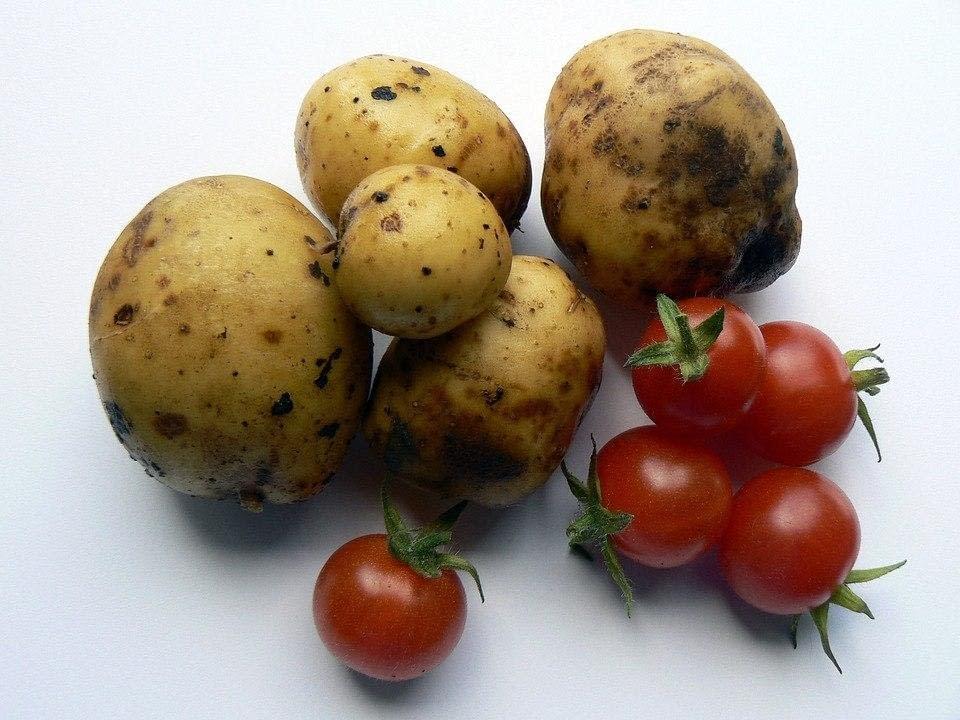
Nightshade plants belong to the family Solanaceae, the majority of which are actually downright toxic to humans. However, edible nightshades do exist, and while tolerated by many, can cause joint pain, digestive distress, allergy like symptoms, and autoimmune problems in others. The problematic compounds in nightshades include a super potent form of Vitamin D, alkaloids, lectins, and saponins.
Common nightshades include tomatoes, white potatoes, peppers, and eggplant. I'd recommend avoiding nightshades in general - especially tomatoes, which are high in almost all of the food chemicals discussed here.
DEALING WITH SENSITIVITIES
It can be difficult and overwhelming to pinpoint which exact food chemicals are causing negative effects for you personally. I once again recommend checking out my comprehensive 30 page, color-coded food chart comparing these 7 common food sensitivities for 300+ foods. It took me over a week straight to make, but so worth it. (Note: This is different from the SIBO Food Comparison Chart available here.)
If I had to rank these sensitivities on a sliding scale, I believe the prevalence might look something like this: histamine > amines > nightshades > salicylates > glutamate > sulfites > oxalates. But that's just my own, personal guess. You may have a problem with some, all, or none of these compounds!
If do you suspect you may be intolerant to one of these chemicals, I recommend an elimination protocol, in which you avoid any and all foods containing the compound (reference the chart!), then reintroduce them after a few weeks, to see how you react. You just may find that eliminating your hidden kryptonite banishes joint pain, GI distress, or even less noticeable residual feelings of residual moodiness. You are, after all, what you eat. Thankfully, you can choose to eat things which make you happy and healthy, rather than moody and miserable! You got this!
